Intro
Learn 5 ways to remove basal cell carcinoma, including surgical excision, topical treatments, and photodynamic therapy, to effectively treat skin cancer and prevent recurrence, promoting healthy skin and minimizing scarring.
Basal cell carcinoma is the most common form of skin cancer, affecting millions of people worldwide. It is a type of cancer that originates in the basal cell layer of the skin, which is the deepest layer of the epidermis. Basal cell carcinoma is usually caused by exposure to ultraviolet radiation from the sun or tanning beds, and it can also be caused by genetic mutations. If left untreated, basal cell carcinoma can cause significant damage to the skin and underlying tissues. Fortunately, there are several effective ways to remove basal cell carcinoma, and the choice of treatment depends on the size, location, and severity of the tumor.
Basal cell removal is a crucial step in treating basal cell carcinoma. The goal of treatment is to remove the cancerous cells and prevent the tumor from growing and spreading. There are several methods of basal cell removal, each with its own advantages and disadvantages. In this article, we will discuss the different methods of basal cell removal, including surgical excision, Mohs surgery, cryotherapy, photodynamic therapy, and topical creams. We will also discuss the benefits and risks of each method, as well as the factors that influence the choice of treatment.
Understanding Basal Cell Carcinoma
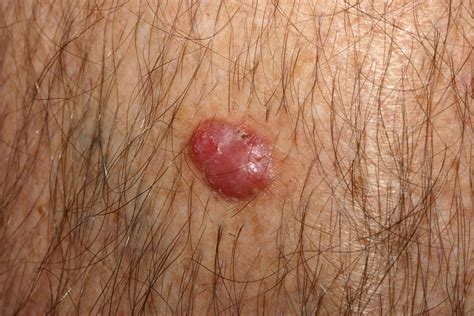
Methods of Basal Cell Removal
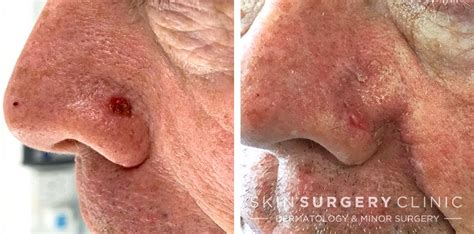
Surgical Excision
Surgical excision is a common method of basal cell removal that involves cutting out the tumor and a small margin of surrounding skin. The procedure is usually performed under local anesthesia, and it can be done in a doctor's office or a hospital. Surgical excision is often used to treat small to medium-sized tumors, and it is usually effective in removing the cancerous cells.
Mohs Surgery
Mohs surgery is a specialized type of surgical excision that involves removing the tumor layer by layer. The procedure is usually performed under local anesthesia, and it can be done in a doctor's office or a hospital. Mohs surgery is often used to treat large or complex tumors, and it is usually effective in removing the cancerous cells while preserving as much healthy tissue as possible.
Cryotherapy and Photodynamic Therapy
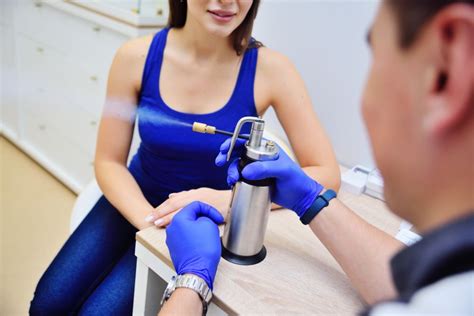
Topical Creams
Topical creams are a non-invasive method of basal cell removal that involves applying a special cream to the tumor. The cream usually contains a medication that helps to kill the cancerous cells, and it is often used to treat small to medium-sized tumors. Topical creams are usually less effective than surgical excision or Mohs surgery, but they can be a good option for patients who are not good candidates for surgery.
Benefits and Risks of Basal Cell Removal
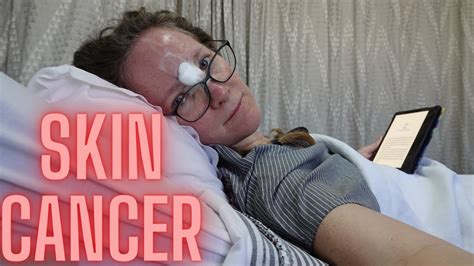
Factors that Influence the Choice of Treatment
The choice of treatment for basal cell carcinoma depends on several factors, including the size, location, and severity of the tumor, as well as the patient's overall health and preferences. The following are some of the factors that influence the choice of treatment:- Size and location of the tumor: Small to medium-sized tumors can often be treated with surgical excision or Mohs surgery, while larger tumors may require more extensive treatment.
- Severity of the tumor: More aggressive tumors may require more extensive treatment, such as Mohs surgery or radiation therapy.
- Patient's overall health: Patients who are not good candidates for surgery may be treated with topical creams or cryotherapy.
- Patient's preferences: Patients may have a preference for a specific type of treatment, and their preferences should be taken into account when choosing a treatment.
Prevention and Early Detection
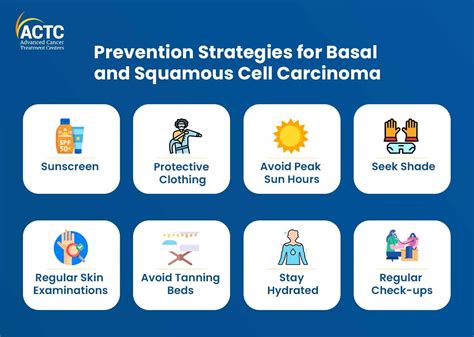
- Wear protective clothing and sunscreen when spending time outdoors
- Avoid spending time in the sun during peak hours
- Get regular skin checks from a doctor
- Check your skin regularly for any changes or abnormalities
Conclusion and Next Steps
Basal cell removal is a crucial step in treating basal cell carcinoma. The choice of treatment depends on the size, location, and severity of the tumor, as well as the patient's overall health and preferences. By understanding the different methods of basal cell removal and the benefits and risks of each, patients can make informed decisions about their treatment. It is also important to take steps to prevent and detect basal cell carcinoma, such as wearing protective clothing and sunscreen, avoiding spending time in the sun during peak hours, and getting regular skin checks from a doctor.What is basal cell carcinoma?
+Basal cell carcinoma is a type of skin cancer that originates in the basal cell layer of the skin.
What are the symptoms of basal cell carcinoma?
+The symptoms of basal cell carcinoma include a small, shiny bump or a flat, scaly patch on the skin.
How is basal cell carcinoma treated?
+Basal cell carcinoma is usually treated with surgical excision, Mohs surgery, cryotherapy, photodynamic therapy, or topical creams.
Can basal cell carcinoma be prevented?
+Yes, basal cell carcinoma can be prevented by wearing protective clothing and sunscreen, avoiding spending time in the sun during peak hours, and getting regular skin checks from a doctor.
What is the prognosis for basal cell carcinoma?
+The prognosis for basal cell carcinoma is usually good if it is caught and treated early.
